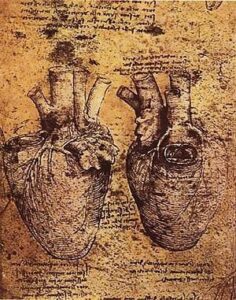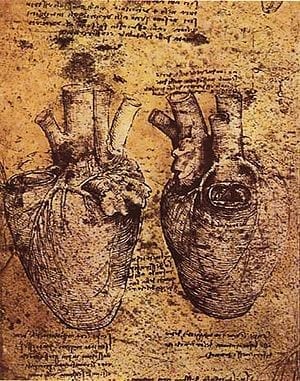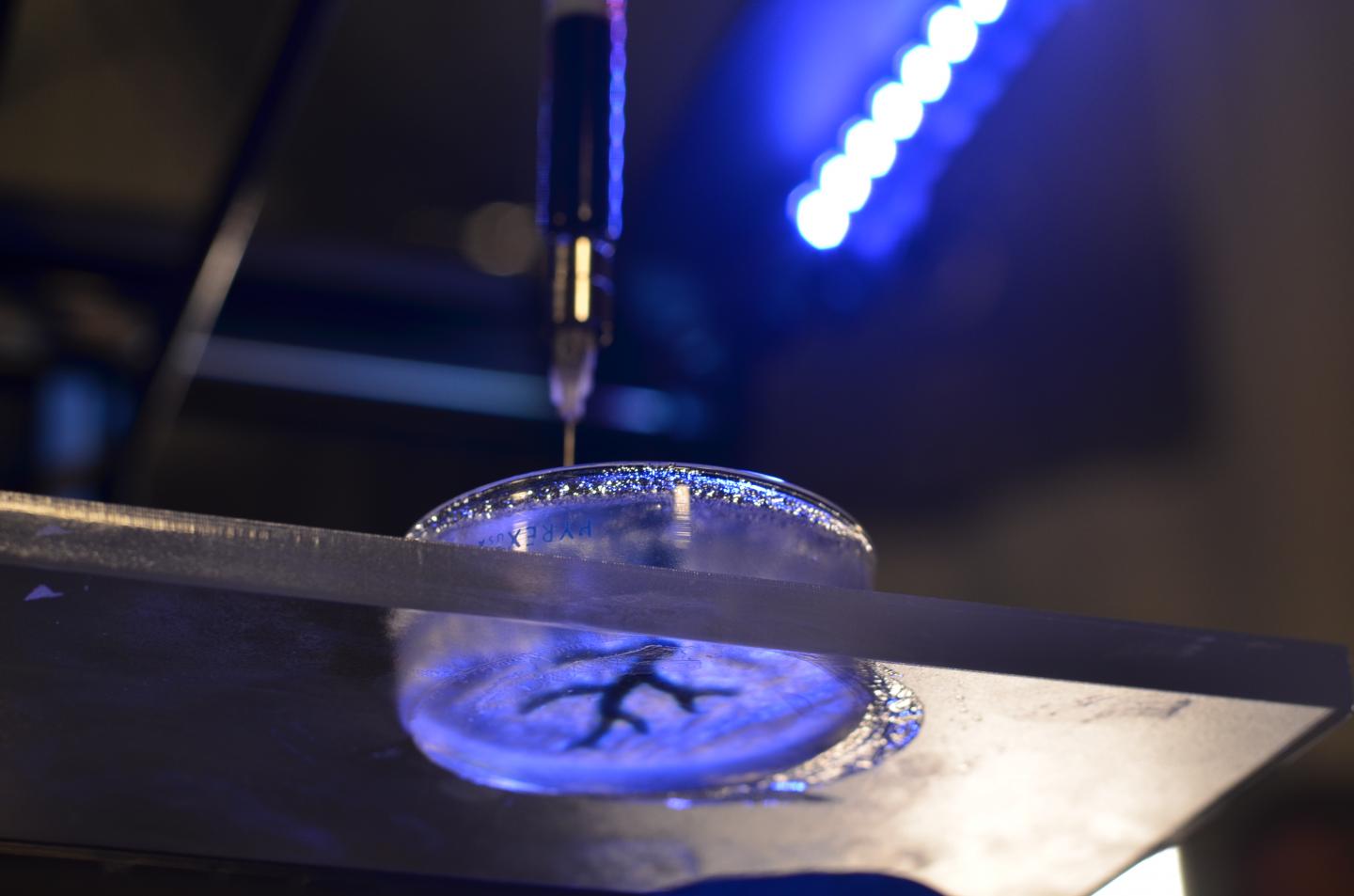
An ambitious 3D-printed heart project aims to make a natural organ replacement for patients possible within a decade.
But the researcher heading the “moonshot” effort also believes 3D-printing technology
The idea of a 3D-printed heart grown from a patient’s own fat stem cells comes from Stuart Williams, executive and scientific director of the Cardiovascular Innovation
“We can print individual components of the heart, but we’re building next-generation printers to build the heart from the bottom up,” Williams said.
The heart represents one of the most ambitious goals for researchers working to create 3D-printed organs within the field of regenerative medicine. The ability of 3D printing to build human tissue by laying down living cells layer by layer has already allowed researchers to create small chunks of organs such as livers and kidneys — often by using stem cells extracted from fat or bone marrow as the source material. [7 Cool Uses of 3D Printing in Medicine]
Williams and the Cardiovascular Innovation Institute have started out by first using 3D printing to create individual parts of what they have deemed the “bioficial” heart. That piecemeal approach could eventually allow researchers to print and piece together a fully functional heart within a week.
“I took a step back and looked at my colleagues, and said, ‘Why don’t we build it like a large airplane?'” Williams told LiveScience. “Separate the organ into separate components, figure out the best way to make the components, and then put them together.”
But building full-size organs also requires researchers to print human tissue in a way that includes the intricate networks of tiny blood vessels that keep the organs healthy. Williams envisions 3D printing as an ideal way to make smaller blood vessels — he and his colleagues have already built large blood vessels for transplant use in surgeries using methods other than 3D printing.
Still, 3D printers can only do so much bioengineering when working at the tiniest scales. The best printers may only print structures with the size of millimeters, whereas the smallest blood vessels can have a width of just a few microns, Williams explained, where 1 millimeter is equal to 1,000 microns.
The Latest Google Headlines on:
3D printed heart
[google_news title=”” keyword=”3D printed heart” num_posts=”10″ blurb_length=”0″ show_thumb=”left”]
The Latest Bing News on:
3D printed heart
- Camhirst Robots Introduces Innovative 3D Construction Printing Technology in Greater Manchester to Address Global Housing Shortageon May 8, 2024 at 12:34 am
Positioned in the heart of Greater Manchester, the company is poised to revolutionize global home construction with its advanced 3D Construction Printing Robots. Adam Ahmed Camhirst CEO with ...
- Could 3D Printing Be the Answer to Sleep Apnea and Snoring?on May 2, 2024 at 3:00 pm
Glidewell has announced a new 3D printed solution that it claims is a more comfortable and convenient treatment for sleep apnea and snoring.
- 3D Printing in Biomedical Sensing Technologyon May 2, 2024 at 4:01 am
By Taha Khan May 2 2024 Reviewed by Lexie Corner Three-dimensional (3D) printing is a type of additive manufacturing that constructs three-dimensional objects layer by layer from a digital model. This ...
- Simulating heart disease in a 3D modelon May 2, 2024 at 2:15 am
With the development of innovative three-dimensional cell models based on 3D printing technology, Dr Christine Maria Poch simulates the complexity and functionality of the heart. In doing so, she not ...
- UNF students create realistic 3D models of human organs in class thought to be first in nationon April 29, 2024 at 2:15 am
Working with the Mayo Clinic, the University of North Florida teaches a course called Anatomy in 3D designed to prepare for a growing medical field.
- Students create realistic 3D models of human organs in new class at UNFon April 29, 2024 at 2:15 am
Working with the Mayo Clinic, the University of North Florida teaches a course called Anatomy in 3D designed to prepare for a growing medical field.
- Students in UNF's Anatomy in 3D class create detailed models of human organson April 26, 2024 at 12:57 pm
UNF teaching assistant Molly Dobrow lifts a miniature 3D printed lungs and heart created by the Anatomy in 3D class from a bath of sodium hydroxide.
- UNF, Mayo Clinic partner on 3D anatomy printing courseon April 25, 2024 at 11:45 am
The course gives biology and engineering students hands-on experience in an emerging field that will help improve patient outcomes.
- The world's largest 3D printer is at a university in Maine. It just unveiled an even bigger oneon April 23, 2024 at 5:00 pm
The world’s largest 3D printer has created a house that can cut construction time and labor. An even larger printer unveiled on Tuesday may one day create entire neighborhoods. The machine revealed ...
- Additive Manufacturing For Batteries Of The Future: Will 3D Printing Transform Battery Making?on January 30, 2023 at 5:53 am
I'm a journalist covering professional and industrial 3D printing. Lithium batteries are at the heart of electric cars, phones, wearable electronics, energy storage, and so much more powering our ...
The Latest Google Headlines on:
Lab-Made Heart
[google_news title=”” keyword=”Lab-Made Heart” num_posts=”10″ blurb_length=”0″ show_thumb=”left”]
The Latest Bing News on:
Lab-Made Heart
- See the most detailed map of human brain matter ever createdon May 9, 2024 at 11:01 am
Google Research & Lichtman Lab (Harvard University ... it is the most detailed map of a piece of human brain matter ever created. It could spur a wave of scientific discovery about neurological ...
- Discovery of key target for precision pharmacology makes ideal candidate to treat heart failureon May 8, 2024 at 1:26 pm
Researchers at the University of Houston College of Pharmacy have discovered that when a higher amount of a protein called AKAP12 is present inside the heart, it speeds up the work of an enzyme called ...
- Mario Lemieux Foundation, Highmark Health give $5M to start heart-rhythm care centeron May 8, 2024 at 11:33 am
The Mario Lemieux Foundation and Highmark Health have each given $2.5 million to start the Mario Lemieux Center for Heart Rhythm Care at Allegheny General Hospital.
- What is lab-grown meat, and why did Governor Ron DeSantis ban it in Florida?on May 4, 2024 at 10:30 am
Florida Governor Ron DeSantis said he wants to "save our beef" by signing a ban on the manufacture and distribution of lab-grown meat in the state.
- A Look Inside Do LaB’s Psychedelic Coachella Stageon May 1, 2024 at 5:00 pm
Returning to Coachella 2024, Do LaB made its mark once again on the Indio Valley grounds — unveiling its brand new stage design and a slate of standout performers and surprise acts. The Do LaB ...
- Republicans Step Up Attacks on Scientist at Heart of Lab Leak Theoryon May 1, 2024 at 3:54 pm
A heated hearing produced no new evidence that Peter Daszak or his nonprofit, EcoHealth Alliance, were implicated in the Covid outbreak.
- FDA finalizes rule to regulate hospital lab testson April 29, 2024 at 2:47 pm
The FDA finalized a rule April 29 to treat laboratory-developed tests as medical devices, putting them in the purview of federal oversight.
- FDA brings lab tests under federal oversight in bid to improve accuracy and safetyon April 29, 2024 at 10:26 am
The Food and Drug Administration has finalized a rule to regulate medical tests that have long escaped oversight ...
- St. Joseph Warren Hospital Opens Cardiac Cath Labon April 29, 2024 at 9:45 am
Patients in need of diagnostic cardiac catheterization procedures can now be treated in a new cath lab at St. Joseph Warren Hospital.
- US FDA tightens scrutiny of lab-developed tests with new ruleon April 29, 2024 at 7:10 am
These tests are used to collect, prepare and examine biological specimens such as blood, saliva or tissue to diagnose, monitor or determine treatment for diseases and conditions, according to the FDA.











